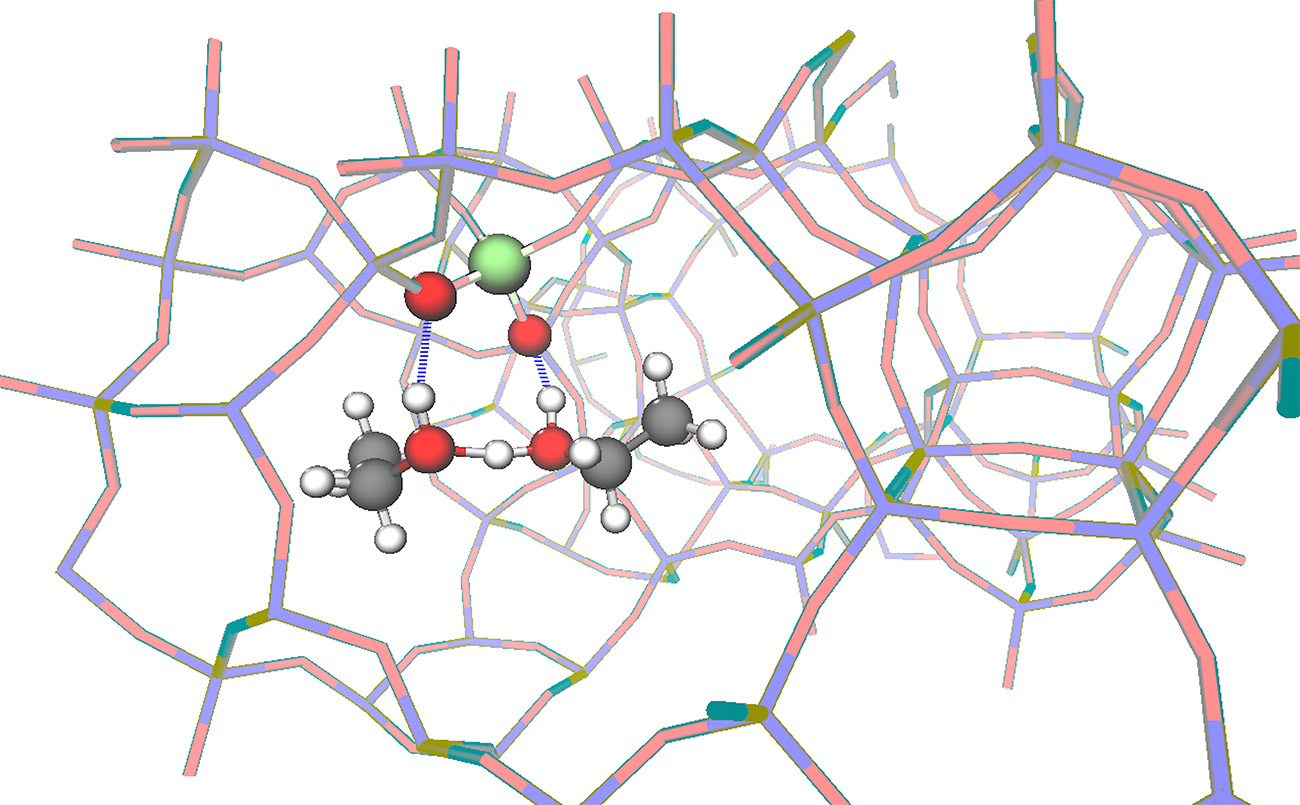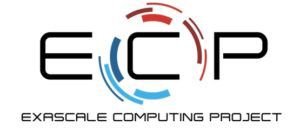Advanced Computing, Mathematics and Data
Research Highlights
February 2017
Ready for the Dawn of Aurora
NWChemEx granted time on new LCF supercomputer to advance popular computational chemistry code
Recently, Argonne Leadership Computing Facility, or ALCF, a U.S. Department of Energy Office of Science User Facility, named 10 computational science and engineering research projects for its Aurora Early Science Program. Among them, the PNNL-led NWChemEx Exascale Computing Project that aims to develop a new version of the widely used computational chemistry code, NWChem. According to the ALCF, the projects selected for the Early Science Program “lay the path for hundreds of other users by doing actual science, using real scientific applications, to ready a future machine.”

NWChemEx will provide the understanding needed to control molecular processes underlying the production of biomass, as well as the conversion of biomass to fuels.
Enlarge Image.
The NWChemEx project is focused on redesigning NWChem for pre-exascale and exascale computers and will initially implement the suite of computational chemistry methods needed to address two specific science problems: design of feedstock for efficient production of biomass and of new catalysts for converting biomass-derived chemicals into fuels. Both areas are critical to development of advanced biofuels. Thom Dunning, a PNNL/University of Washington Dual Appointee with the Northwest Institute for Advanced Computing, serves as NWChemEx Project Director. Along with Theresa Windus, Deputy Director, Ames Laboratory, and Robert Harrison, Chief Architect, Brookhaven National Laboratory, he oversees the NWChemEx team that unites computational chemists, computer scientists, and applied mathematicians from DOE’s Ames, Argonne, Brookhaven, Lawrence Berkeley, Oak Ridge, and Pacific Northwest national laboratories, as well as the Environmental Molecular Sciences Laboratory NWChem Software Group and Virginia Tech.
According to Dunning, the team will begin their ALCF work using Theta, what he called the “little sister of Aurora.” It is a 9.65-petaflop system based on Intel’s second-generation Xeon Phi processor and Cray’s Aries interconnect that already is in production. Once Aurora comes online, predicted sometime in late 2018, they will switch to the much more powerful follow-on computer.

Dunning explained that time on Aurora will enable the NWChemEx team to develop and thoroughly test the new design and implementation of NWChemEx on a computing system that is well along the path to exascale computing.
“The combination of NWChemEx and Aurora will also enable the team to address the very challenging molecular systems involved in the efficient production of biomass and the conversion of biomass to fuels and other byproducts,” he added.
According to the ALCF, Aurora is a new Intel-Cray system based on the third-generation Intel Xeon Phi processor (dubbed “Knights Hill”). Aurora, will be capable of 180 petaflops, have more than 50,000 nodes, and exceed 7 petabytes of total memory.
Related:
